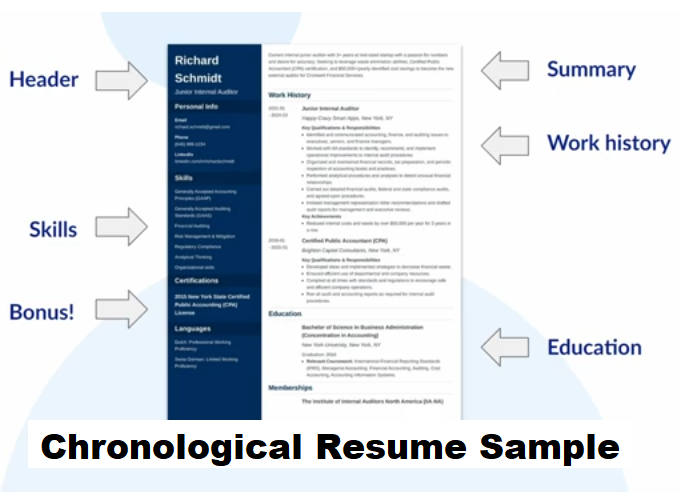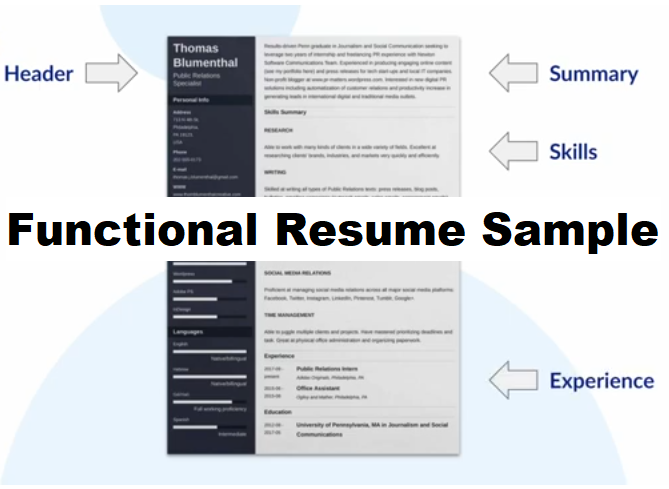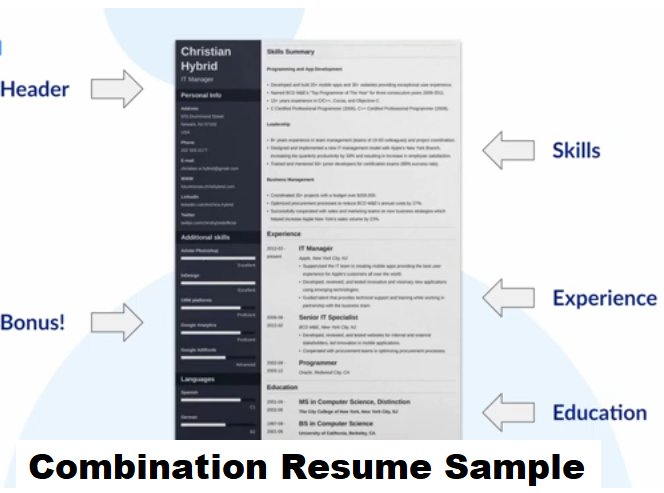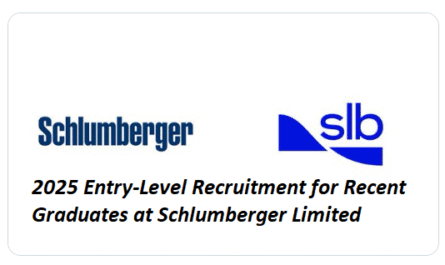Creating Foreign resume is the first step in finding a job global. Whether you’re looking for your dream job or just the next stop on your way up the corporate ladder, you have several resume formats to choose from, and the right one that you use depends on the job you’re applying for, your work experience, and other factors. Keep reading to learn about the different types of resumes and when to use them.
What are the types of resumes?
There are three resume types of resumes and you will learn everything about them here:
- Chronological Resume
A chronological resume is a resume format that lists work and education experiences in chronological order, from most recent to oldest. In the education section of your resume, you can list any degrees earned from the highest honor and work backwards.
The most common resume is the chronological resume. It’s a resume where you share your career starting with the most recent achievements and going back in time. It is recommendable to use, unless you have big employment gaps or are seeking a career change.
A chronological resume consists of the following parts: a header with your name, job title, and contact information, a summary that shares your career highlights, your work history starting with your most recent job, then you share your highest degree.
Your chronological resume should also include a list of your most relevant skills, and that is enough, but you can also add some bonus sections for extra credit. Bonus sections help you share things that you believe are relevant but couldn’t mention in other sections of your resume.
Below is an example of chronological resume

Pros of using a Chronological Resume
- It highlights a linear career path,
- It’s in a familiar format and
- It may be preferred by some hiring managers and employers.
Cons of using a Chronological Resume
- It may be hard to hide resume gaps or career path detours, and
- It emphasizes experience, which is a problem for entry-level workers.
2. Functional Resume
A functional resume is a resume format focused more on highlighting your skills and expertise over work experience. This resume format is preferable for individuals who have little work experience, an unfocused work history, lapses in employment, or are in the middle of a career change. New graduates would also benefit from using a functional resume.
Functional resume is a type of resume that emphasizes your skills, and it’s the best option if you don’t have a traditional work history, like an artist, for example, who spends years doing freelance gigs. This is also the best resume if you have zero professional experience.
It looks similar to the reverse chronological resume, but it’s organized in a much different way. Let’s start with the similarities. It also starts with a resume header and a summary. The functional resume shares your most relevant skills with a brief description of each one of them and only after that, you enter your work experience. The rest is the same as reverse chronological resume, education and your additional sections. Below is an example of functional resume:

Pros of using a functional resume
Here are the pros of using a functional resume:
- It highlights your skills as well as experience,
- It may elevate your most recent qualifications by featuring them higher on the page, and
- It disguises any employment gaps.
Cons of using a functional resume
- It may give the impression that you lack steady work history.
- Depending on your formatting choices, these resumes can be hard for applicant tracking systems to read.
- Additionally, they may not be as effective as combination resumes, which provide some work history in addition to skills.
3. Combination Resume
As the name suggests, a combination resume combines other resume formats to highlight both your chronological work history and your skills and expertise. Here are some pros and cons of using a combination resume.
Combination resume is a mix of the two resume types we’ve just discussed above. It can be used by both seasoned professionals and also people seeking a career change. The combination resume starts with a header, then it features your skills and a list of the most relevant achievements that you acquired with those skills. It expands on that in your work experience section, then you have the education and the bonus sections which are the same. Below is sample example of combination Resume:

Pros of using a combination resume:
- It offers many of the best features of chronological and functional resume formats.
- It highlights both skills and work history.
Cons of using a combination resume:
- It may be repetitive if you have similar skills that apply to different positions.
- Also, combination resumes can be longer than chronological and functional formats.
4. Mini Resume
A Mini resume isn’t as common as the other formats, but it still has its place. Mini resumes are truncated versions of your full resume, highlighting your work experience in the form of a short bio.
Mini resumes don’t even need to be on a full size of paper. It could be printed on a handout like a business card or a note card. Here are some pros and cons of using a Mini resume.
Pros of using a Mini Resume:
- It’s a great networking tool for trade shows, conferences, and professional groups.
- It also great if you include your website or LinkedIn profile. It can act as a lead generator.
Cons of using a Mini Resume:
- It’s not a replacement for a full-length resume.
- Additionally, an old-fashioned business card may just work just as well.
How To Know What Type of Resume You Should Use
Now that we’ve covered the different types of resumes, you may be wondering what type of resume you should use. The best resume format for you depends on your career level, your work history, your skill set, and your qualifications. The job you’re targeting will also play a role.
To determine which type of resume to use, ask yourself the following questions:
- How much related work experience do I have?
- What are my relevant skills and qualifications?
- What are the employer’s specifications?
- What are the expectations for my industry?
- How will I be submitting my resume?
There is no one best resume type or format. You can choose a different resume style for different jobs, employers, or even phases of your career. The most important thing is to look for opportunities to show the hiring manager why you’re the best candidate for the job.






